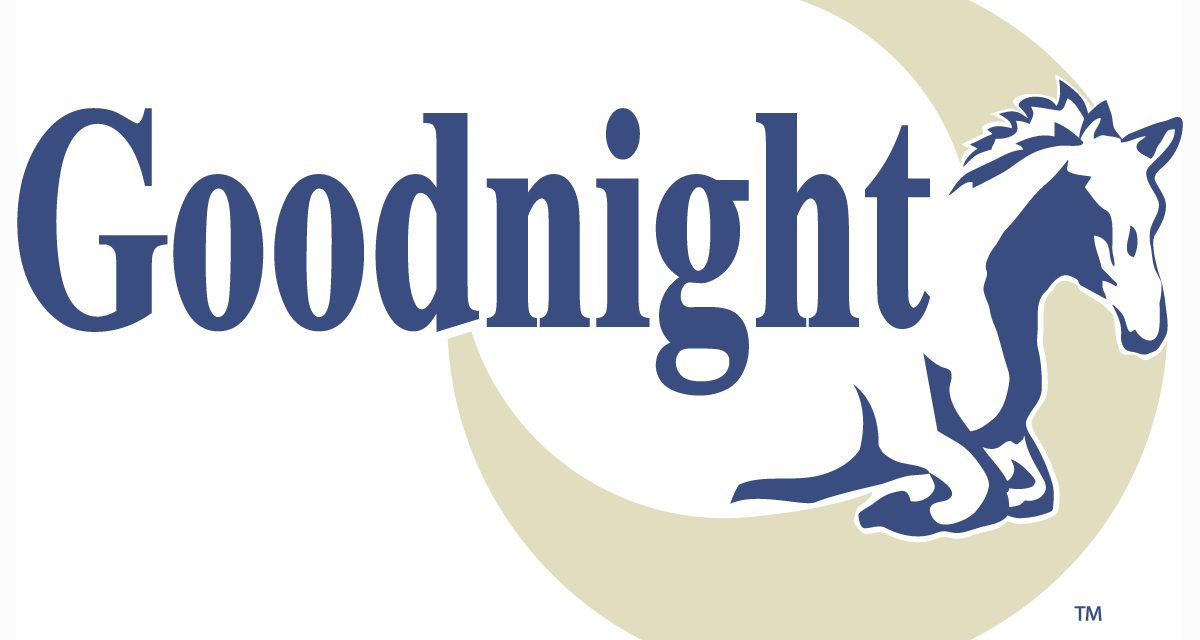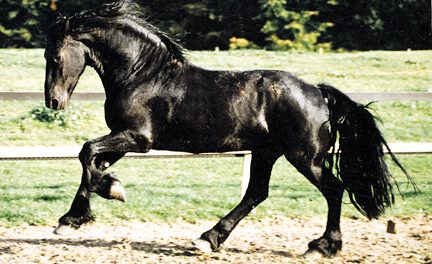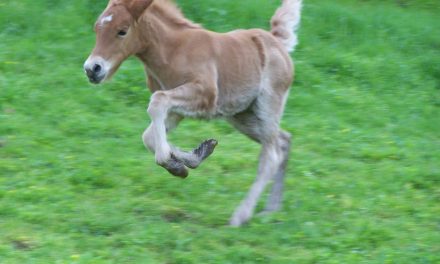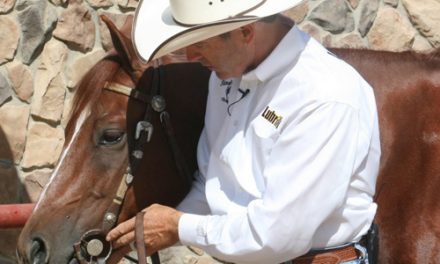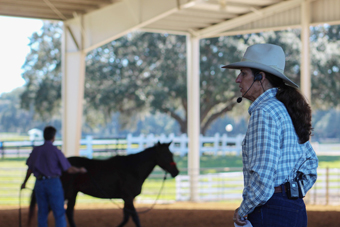Notes From Julie
 In every clinic that I teach, there are riders eager to canter; all they want to do is canter-canter-canter and maybe work on lead changes. Then there are those who want to canter but dread it, especially with 15 horses in the pen and everyone watching; and there are those that have no interest in cantering whatsoever—they are happy just to survive the walk and trot.
In every clinic that I teach, there are riders eager to canter; all they want to do is canter-canter-canter and maybe work on lead changes. Then there are those who want to canter but dread it, especially with 15 horses in the pen and everyone watching; and there are those that have no interest in cantering whatsoever—they are happy just to survive the walk and trot.
Then there are riders for whom the mere mention of the c-word makes them want to puke. There’s plenty to be nervous about in the canter: If things are going to go wrong, they tend to do so at the canter. It can be as stressful for the horse as it is for the rider, maybe more. Add an ill-fitting saddle, an out-of-place rib, or a rider slapping its back and jerking on the bit and the horse can morph into a pogo stick in a heartbeat.
It doesn’t bother me at all if someone isn’t ready to canter in my clinics—there’s plenty to work on besides that. Plus, I think it is really important to meet people where they are in their horsemanship at that moment and help guide them to the next step. Riding involves a lifetime of taking small steps forward in skill, understanding and experience. The art of teaching is to figure out what the next small step is for each horse and each rider. When neither horse nor rider has much training, it can sometimes be a challenge to know what to do next!
At my last clinic, there were several people with horses that were new to them and they had not yet mustered the courage to try them at the canter—a common occurrence. Usually I offer to canter the horse for them, and once they see the horse cantering well, it’s a little easier to take that leap.
Sometimes, the horse has not been asked to canter in so very long and the rider’s cue is so very confusing that no matter how hard the rider tries to cue the horse, the horse just carries on in a ground-pounding, jaw-shattering trot. Usually the quickest thing for me to do in these cases is get on the horse, cue it up to canter a few times, so the horse is thinking about it again and understands the cue.
But then comes the hard part—the rider has to change, too. Now that rider needs to re-learn the correct way to cue a horse for canter. We spend a lot of time in my clinics improving riding skill and clarifying cues, especially the cue for canter. It can be the most miserable experience for the horse when executed poorly. A hit on the mouth, followed by a slap on the back—not something horses will tolerate much, if ever.
Watch any horse canter and you’ll see his nose drop down on the third beat of every stride; this is especially true on the first stride, when he is launching his whole body off the ground. It is critical that the rider reaches forward and drops the hands at this moment when the horse launches into the canter, to avoid hitting the horse in the bit, in effect, punishing him for doing what you asked him to do.
Unfortunately, this is also the moment at which the rider, who lacks confidence in cantering, will instinctively suck in her breath and raise her hands as if to stop. If the rider is sucking back on the reins at the very moment the horse’s nose dives in the canter, it is the double-whammy on his mouth. This is a sad truth for far too many horses. And that’s why I don’t push riders to canter before they are ready—in skill level, in understanding and in confidence.
Happily, riders can be trained to cue the horse correctly, which just so happens to be my specialty and what we work on a lot at my clinics. So whether the riders all work at the canter or just watch and learn as others work on it, hopefully everyone goes away with a better understanding of cueing for canter.
I am not one to push riders into much canter work until they are ready. There’s an old saying in classical horsemanship that says, “The best way to improve the canter is to improve the trot.” I understand that at a very profound level and see it personified every time I do a clinic; that’s why the saying has been around for a few millennia. There is much to work on at the trot—riding, control, collection, etc. When the time is right, you will be ready to canter; don’t get in a hurry.
For those who are ready to take the leap to canter, the most important thing I have found is to break down the cue—making certain the rider has a clear understanding of how to use the aids and reaches forward at the moment of departure. Next, I have to set them up well in the arena, coaching them through the transition at a certain spot where the horse will be easiest to transition and is most likely to take the correct lead. I want the horse on the longest, straightest line to canter and also I’ll consider whether we need barn gravity to encourage the horse into the gait or whether we want to canter the other way, so barn gravity is helping to slow down the horse.
People learning to canter often get into trouble cantering after the first 4-5 strides, especially when a turn is approaching (because the rider tenses). I like to keep these people on a straightaway and cantering short distances, then easing back into a slow trot. Riders learning to canter almost always inadvertently pull back on the reins when approaching a turn, causing the horse to nose dive into the bit, thus breaking to a hard road trot and pounding into his back as the rider struggles to maintain balance in the turn.
Keep it straight and keep it short. Canter 4-6 strides then cue the horse back to a slow sitting trot (instead of the horse breaking gait at the turn), get your wits about you at the trot and when you get back to that perfect spot in the arena, cue for canter again. After enough of this, the next step is to reach forward and canter around the turn without breaking gait. In the meantime, with the trot-canter-trot transitions, you are perfecting your cue and departure, which begs another profound wisdom in classical horsemanship—“all of training occurs in transitions.” Another infallible truth.
Nice stretches of trail can be awesome for learning to ride the canter. A long, straight, slightly uphill grade with good footing is ideal for training both horse and rider. Few horses will buck going uphill. Arenas aren’t the easiest place to learn to ride, just the most controlled and convenient for teaching.
Once people are able to canter through the turns and all the way around the arena, often the horse’s circle gets smaller and smaller, with the horse beginning to drop his shoulder in and dive toward the middle of the arena. Therefore, the next step in conquering the canter is to ride with straightness down the long side of the arena and a proper bend around the short sides. Then start putting together large arcing circles.
From there, we progress to shortening, lengthening and collection at the canter and onward toward some rider’s most elusive goal, the flying lead change. With horses and riding, it just never really ends. There’s always another step. You should ride where you and your horse are today and just focus on making things a little bit better with each ride.
If you need a study guide for the canter, check out my best-selling DVD, Canter with Confidence, an A to Z training video about riding the canter, available at http://shopping.juliegoodnight.com.
Enjoy the ride!
Here are some related articles from my Training Library that may help you more with cantering issues:
http://juliegoodnight.com/questionsNew.php?id=27
http://juliegoodnight.com/questionsNew.php?id=278
http://juliegoodnight.com/questionsNew.php?id=113
http://juliegoodnight.com/questionsNew.php?id=311

